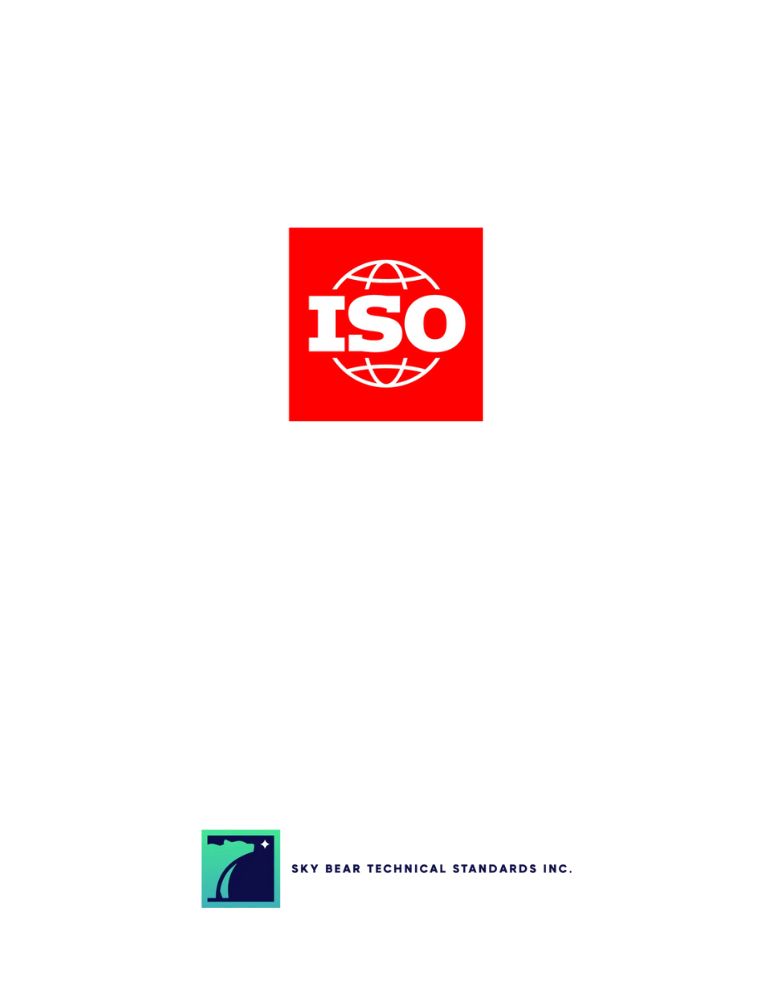Your cart is currently empty!

ISO 9924:2024
ISO 9924:2024 Rubber and rubber products – Determination of the composition of vulcanizates and uncured compounds by thermogravimetry – Part 3: Hydrocarbon rubbers, halogenated rubbers and polysiloxane rubbers
CDN $173.00
Description
This document specifies a thermogravimetric method for the determination of the main constituents of rubber compounds such as elastomer(s), carbon black and mineral filler.
It establishes the “fingerprint” of the tested material. However, the result does not always correspond exactly to the theoretical formula of the rubber.
This method applies to raw or compounded rubbers, vulcanized and unvulcanised, with or without extraction.
This method applies to rubbers with hydrocarbon backbones (NR, BR, SBR, IIR, EPDM, ACM, AEM, etc.) used alone or as mixtures. For the mixtures, the polymer content corresponds to the total rubber and it is not usually possible to identify individual polymers.
This method applies to rubbers with halogenated hydrocarbon backbones (CR, CSM, FKM, CM, CO, ECO, etc.) or containing nitrogen (NBR, HNBR, NBR/PVC, etc.), as well as to their mixtures. However, these rubbers often form carbonaceous residues which interfere with the analysis. Application of an appropriate procedure minimizes these interferences.
This method also applies to rubbers with a polysiloxane backbone (VMQ, etc.) and to rubbers not listed above.
Edition
2
Published Date
2024-02-29
Status
PUBLISHED
Pages
18
Format 
Secure PDF
Secure – PDF details
- Save your file locally or view it via a web viewer
- Viewing permissions are restricted exclusively to the purchaser
- Device limits - 3
- Printing – Enabled only to print (1) copy
See more about our Environmental Commitment
Abstract
This document specifies a thermogravimetric method for the determination of the main constituents of rubber compounds such as elastomer(s), carbon black and mineral filler.
It establishes the “fingerprint” of the tested material. However, the result does not always correspond exactly to the theoretical formula of the rubber.
This method applies to raw or compounded rubbers, vulcanized and unvulcanised, with or without extraction.
This method applies to rubbers with hydrocarbon backbones (NR, BR, SBR, IIR, EPDM, ACM, AEM, etc.) used alone or as mixtures. For the mixtures, the polymer content corresponds to the total rubber and it is not usually possible to identify individual polymers.
This method applies to rubbers with halogenated hydrocarbon backbones (CR, CSM, FKM, CM, CO, ECO, etc.) or containing nitrogen (NBR, HNBR, NBR/PVC, etc.), as well as to their mixtures. However, these rubbers often form carbonaceous residues which interfere with the analysis. Application of an appropriate procedure minimizes these interferences.
This method also applies to rubbers with a polysiloxane backbone (VMQ, etc.) and to rubbers not listed above.
Previous Editions
Can’t find what you are looking for?
Please contact us at:
Related Documents
-

ISO 10110:2019 Optics and photonics – Preparation of drawings for optical elements and systems – Part 1: General
0 out of 5CDN $312.00 Add to cart -

ISO 14416:2003 Information and documentation – Requirements for binding of books, periodicals, serials and other paper documents for archive and library use – Methods and materials
0 out of 5CDN $273.00 Add to cart -

ISO 3833:1977 Road vehicles – Types – Terms and definitions
0 out of 5CDN $115.00 Add to cart -

ISO 612:1978 Road vehicles – Dimensions of motor vehicles and towed vehicles – Terms and definitions
0 out of 5CDN $173.00 Add to cart






